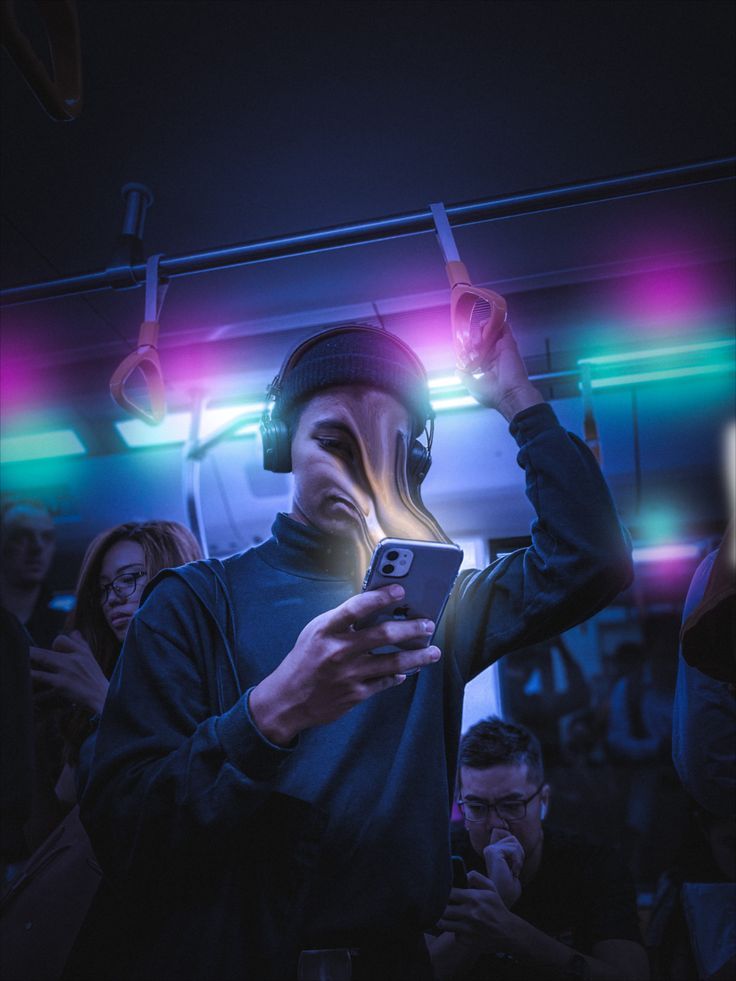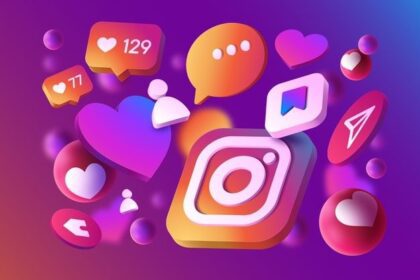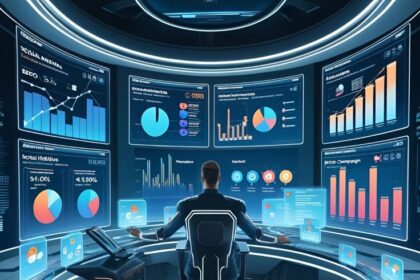In 2025, influencer marketing isn’t dying, it’s transforming. What started as Instagram selfies and YouTube hauls has matured into a $24 billion global industry driven by trust, transparency, and technology. The influencers of today aren’t just posting products; they’re building micro-communities, co-creating with brands, and even handing over the spotlight to AI-generated personalities.
Despite talk of saturation, influencer marketing remains one of the most effective tools for engagement and conversion. The difference? Consumers now demand authenticity, relatability, and clear value before they buy in.
This article explores how influencer marketing still works, just differently, and what forward-thinking brands can learn from this evolution.

The Evolution of Trust: From Fame to Familiarity
The first wave of influencer marketing rode on celebrity appeal. A single endorsement from a mega influencer could move markets. But the trust bubble burst as audiences began questioning the sincerity behind paid partnerships.
Today, micro and nano influencers (with 1,000–50,000 followers) command higher engagement rates than stars with millions of fans. According to HubSpot’s 2025 Marketing Trends Report, micro influencers generate 60% more engagement per follower than macro influencers.
The shift reflects a deeper change in consumer psychology: people now trust peers more than polished personas.
Case in point:
When the skincare brand The Ordinary collaborated with 200 micro influencers across Asia and Europe in 2024, they saw a 45% increase in regional sales and a 30% rise in repeat purchases. The reason? Consumers felt like they were getting recommendations from real users, not paid ambassadors.
Platforms Have Changed the Game
Instagram and YouTube once dominated influencer marketing, but the ecosystem has fragmented. In 2025, TikTok, LinkedIn, Twitch, and even BeReal are carving out distinct influencer niches.
- TikTok favors quick authenticity, creators who “show, don’t tell.”
- LinkedIn has become a hub for B2B influencers, thought leaders, and startup founders who humanize their brands.
- Twitch and Kick influencers drive powerful engagement among gaming and tech audiences.
- BeReal emphasizes raw, unfiltered moments that foster genuine trust.
A 2025 study by Influencer Intelligence found that brands running multi-platform influencer campaigns see a 27% higher ROI than those sticking to a single network. The takeaway: platform diversity now equals brand resilience.
Content Is King But Data Is the Crown
Influencers are no longer measured just by follower counts. Brands now rely on data-driven metrics like engagement quality, audience overlap, and conversion attribution.
AI-powered tools such as Traackr, HypeAuditor, and Captiv8 analyze sentiment, fraud detection, and performance forecasts, ensuring that influencer partnerships deliver real ROI.
According to Statista, 67% of marketers in 2025 plan to increase influencer spending but 82% will demand full analytics reporting.
“Influencer marketing has become less about intuition and more about precision,” says Lina Chen, Chief Strategy Officer at Pulse Metrics. “The winning formula now lies in combining creative storytelling with behavioral insights.”
The Rise of AI and Virtual Influencers
AI influencers have shifted from novelty to mainstream. Virtual creators like Lil Miquela and Noonoouri now share the stage with human influencers, especially in fashion, tech, and gaming.
These digital personas offer 24/7 consistency, brand safety, and data-driven content optimization. In 2024, Prada’s campaign with the AI influencer Imma generated a 48% higher click-through rate than traditional influencer campaigns.
Still, success depends on transparency. Consumers are receptive to AI influencers when brands clearly disclose their artificial nature and align them with authentic storytelling.
The New Currency: Community, Not Clout
In 2025, the most valuable influencers are community builders. They don’t just sell, they facilitate connection.
Brands like Gymshark and Glossier thrive by partnering with creators who foster loyal micro-communities around shared values like fitness, inclusivity, and sustainability.
For instance, Gymshark’s “Lift Together” campaign paired small-scale creators with local gyms to host real-world fitness events. The result: a 120% surge in community engagement and a new model for hybrid influencer marketing that bridges online and offline worlds.
How Brands Can Adapt in 2025
- Go small, think big: Prioritize micro and nano influencers who offer authentic, niche engagement.
- Diversify platforms: Don’t rely solely on Instagram integrate TikTok, YouTube Shorts, and LinkedIn.
- Use AI intelligently: Deploy analytics tools to vet influencers and forecast performance.
- Invest in long-term partnerships: One-off posts are out. Sustainable collaborations build credibility.
- Embrace co-creation: Let influencers shape campaigns rather than just execute briefs.

Conclusion: The Future of Influence Is Hybrid
Influencer marketing isn’t fading; it’s evolving into a blend of human authenticity and digital intelligence. The winners of 2025 will be brands that treat influencers as creative partners, not billboards.
As attention spans shrink and consumer skepticism grows, trust remains the most valuable currency. And in the age of algorithms, authentic human connection whether real or virtually simulated is still what drives influence.






